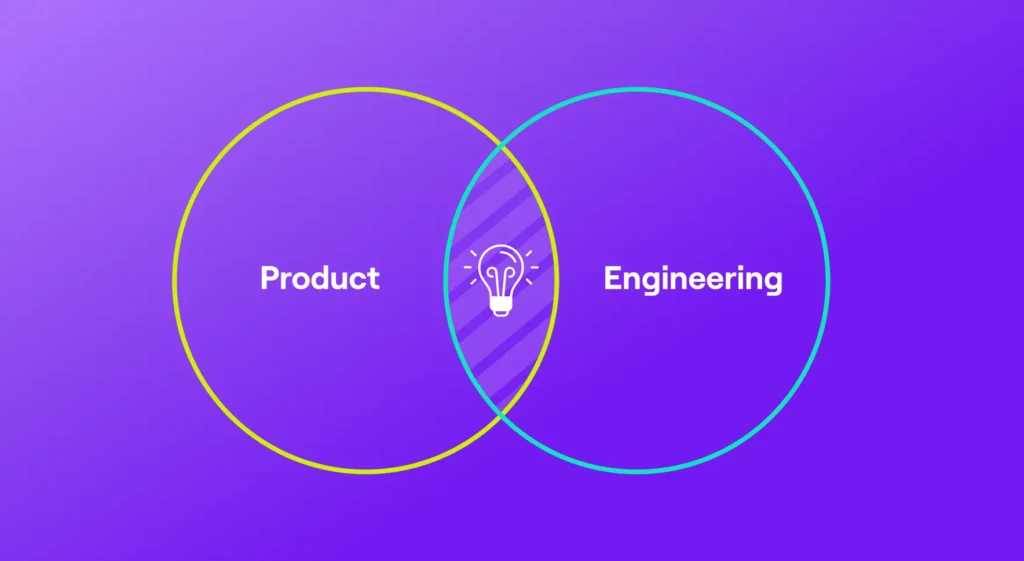Budget planning is neither easy nor fun for engineering leaders. Engineering budgets must account for technology, cloud, and equipment costs, travel and entertainment, professional development, patent applications, and of course—the biggest line item and seemingly most difficult to estimate—headcount.
For one of our customers, headcount planning used to look like this: She would download hundreds of Jira tickets, manually tag each one of them according to which initiative or category of work they were associated with (roadmap, infrastructure, customer support, etc.), and use that to attempt to determine where time was being spent and hence where to invest the following year. It was a tedious, time-consuming, downright painful exercise that she dreaded every year. If this vignette sounds familiar to you, here’s some good news: there’s an easier, faster, better way to do headcount planning.
Start with the Product Roadmap
Capacity planning starts with nailing down your roadmap. What product initiatives are you trying to accomplish in 2023 to achieve your business objectives? As we know all too well, this is one of the hardest parts of the job (for multiple reasons I won’t enumerate here). But once you’ve established your [80% accurate] roadmap for the year, you then need to look at what you’re accomplishing with your current resources today. As with all forecasting and planning, you can’t really know where you’re going until you know where you’ve been. That’s where Jellyfish comes in. Jellyfish provides the current and historical view into fixed and discretionary resource allocation so you can determine the number of additional resources required to meet your roadmap objectives.
With the Allocations view, Jellyfish helps you first understand your fixed cost overhead. How many full-time engineers (FTEs) are required to keep the engineering organization running or keep the lights on (KTLO) today? KTLO scales as the number of customers scales, so if your organization is expecting rapid growth and you plan to triple the number of customers in 2023, you should budget for triple the KTLO headcount.
Next, look at how many resources are being allocated to roadmap initiatives today and compare that to your 2023 roadmap. What is your expected growth for next year? Are you trying to tackle the same number of initiatives? 50% more? If you want to accomplish 50% more roadmap work next year, you’ll need 50% more FTE investment than you have today—by hiring more engineers, reallocating from somewhere else, or some combination of the two.
Examples of Headcount Planning in Jellyfish
Take the sample customer below. By looking at their Investment Distribution under Allocations in Jellyfish, we can see they have been allocating around 32-37 FTEs to roadmap initiatives in recent months.

Based on their roadmap for next year (and a hefty new Series B in the bank!), they’re trying to double the number of initiatives next year. Therefore, they should plan for between 65 and 70 total developers.
The math isn’t always this simple and clear, so another helpful view is Initiatives Distribution under Allocations in Jellyfish. Every business is different, but assuming your roadmap initiatives are similarly sized for process efficiency and predictability, you can look at this view to understand approximately how many FTEs are currently allocated to each initiative. In the example below, you can see that anywhere from 1 to 3 FTEs are staffing an initiative each month.

Headcount Planning During An Uncertain Economic Climate
Perhaps due to the current economic climate, your company is being much more conservative in 2023. Maybe your CFO says, “Sorry, you can only hire 10 more engineers next year—what can you build with that?” Using this Initiatives Distribution view, you can effectively estimate for your CFO and other executive leadership that you can tackle 3-10 more initiatives next year. This view is particularly beneficial in that it offers engineering leaders additional visibility into where the company needs to invest, which they can surface to the leadership team. If there’s an initiative or category that you’re overinvesting resources in, perhaps making an investment in something else could help alleviate some of the burden. For example, if customer onboarding is consuming loads of engineering time, an investment in self-service configuration could potentially free up some resources.
Speaking of freeing up resources, be prepared for your CFO to ask whether some of that KTLO work can be shaved off and reallocated to roadmap initiatives. (It’s inevitable!) Jellyfish can help you understand whether KTLO work can be done more efficiently. KTLO specifically can be looked at in a multitude of ways—by theme, codebase effort, epic, group, team, etc.—to help you identify areas to reduce effort.
Here’s another vignette that may sound familiar to some of you. Upon asking a customer about their headcount planning process prior to using Jellyfish, they shared that, since they had no way of showing where engineering time was being spent at their previous company, the CEO laid off 20% of the engineering team falsely assuming they weren’t doing a whole lot. Retrospectively, it turns out he didn’t know what he was cutting, and the result was they could no longer get anything done on the roadmap because all their time went towards KTLO. Don’t let this happen to your team in 2023.
If you’re interested in learning more about Jellyfish, request a demo or take the product tour today. And for more helpful tips regarding annual budget planning download the Budget Planning Guide for R&D Organizations.







